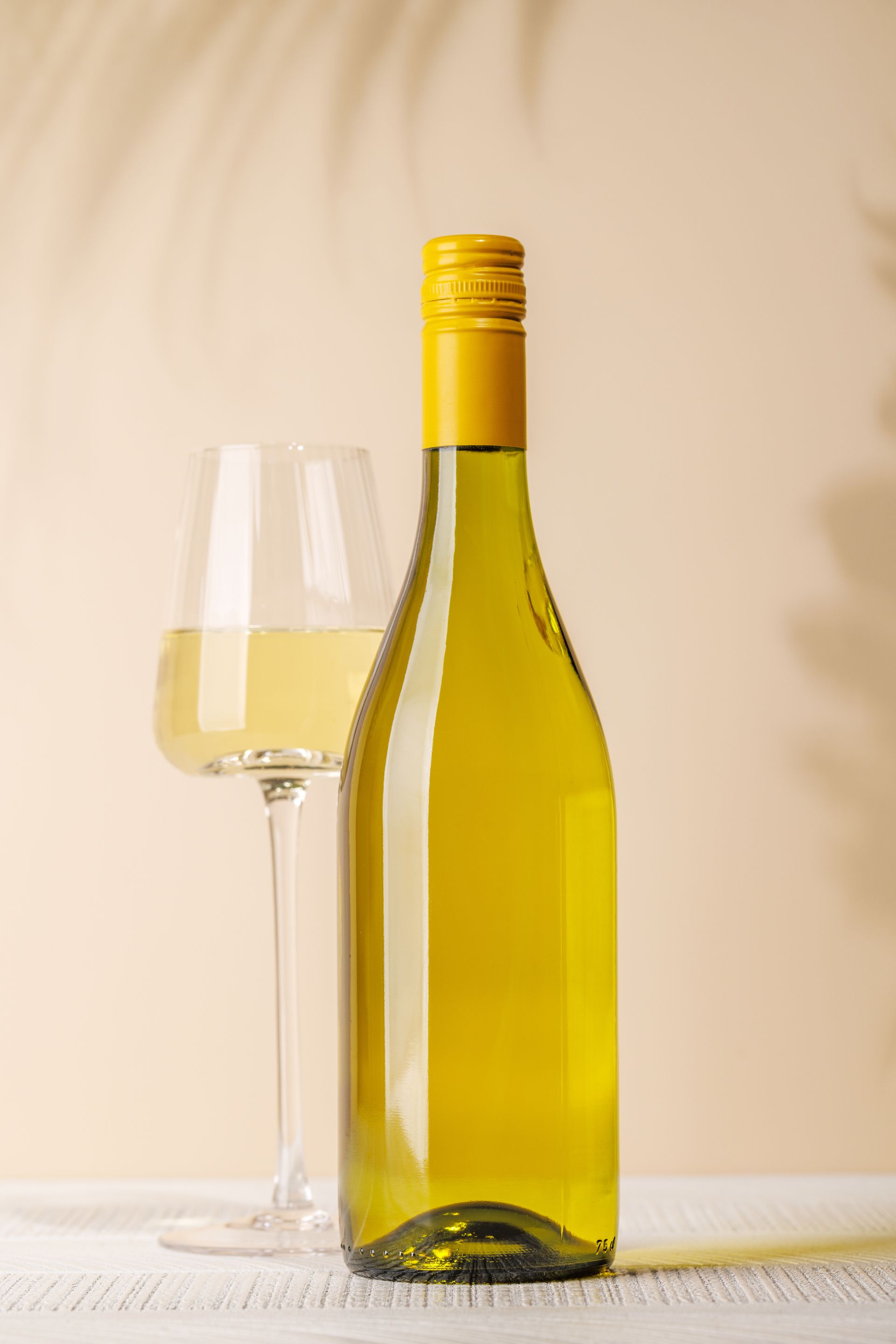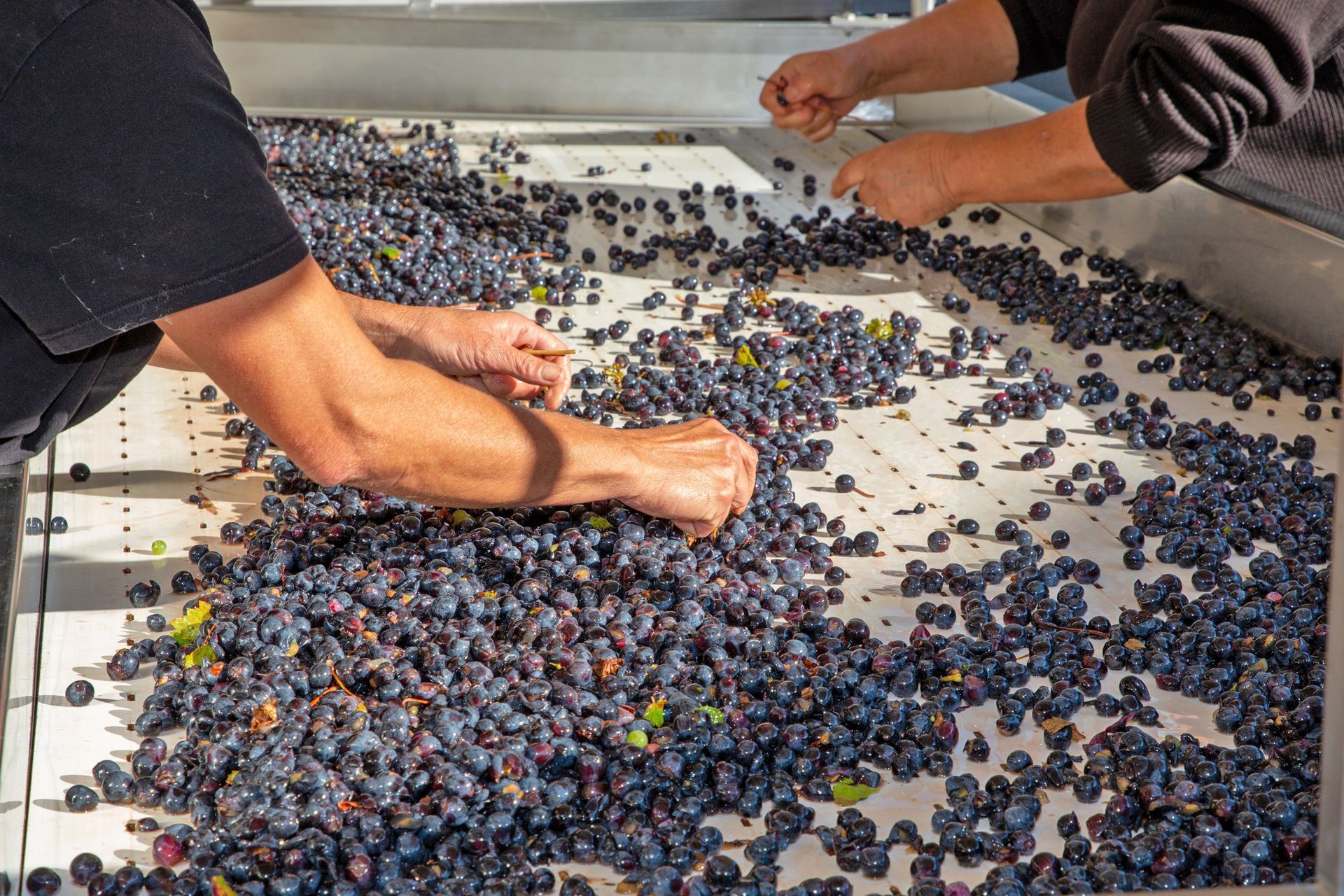Discover the charm of Chenin Blanc
Chenin Blanc has been planted in California for more than 80 years, which doesn’t explain why the wine is relatively unknown in this country.

Depending on where the Chenin Blanc was produced, there may be citrus notes, pear, melon, dried herbs, minerals, ginger, plum and stone fruits in dry wine versions. Sweeter wines exhibit honey and floral tones.
Jim Sperk of the Northern Ohio Wine Guild has spent the last several years informing us, guiding us and even making us laugh with his vast knowledge about wine without much bias. Well, it’s finally time for Jim to reveal to Mimi readers one of his personal favorites.
“This month, I’d like to discuss one of my favorite wines,” Jim says. “The grape originated in the Loire Valley of France where the wine bears the name of the area in which it is grown such as Vouvray, Anjou and Saumur. It also grows in South Africa where it has been known as Steen. This wine is Chenin Blanc.”
Jim tells us that Chenin Blanc has been planted in California for more than 80 years, which doesn’t explain why the wine is relatively unknown in this country.
“It is also planted in Washington state, Argentina and Australia,” Jim says. “The beauty of the grape is in its versatility. It has been made into dry, sweet and sparkling examples and it’s often used as a blending agent in other wines. That versatility also extends to the variety of flavors the wine could possess.”
Jim says that depending on where the wine was produced, there may be citrus notes, pear, melon, dried herbs, minerals, ginger, plum and stone fruits in dry wine versions. Sweeter wines exhibit honey and floral tones.
“One constant of Chenin Blanc wines is the acidity, which cuts through rich sauces and compliments roast chicken, fish and seafood dishes,” Jim says. “If you’ve never tried a Chenin Blanc wine, I suggest you start with a California version. You can expect aromas of lime or pineapple with a taste of lime zest, tarragon, stones and maybe even a hint of mint.”
Jim continues that a Chenin Blanc from France may have more pear or tart apple nuances.
“The good news is that none of these wines are all that expensive so it’s fun to experience the differences that various locations may produce in the finishes,” Jim says. “Pick up a bottle and discover why Chenin Blanc is a favorite.”
For information about the Northern Ohio Wine Guild, contact Jim Sperk at tinymoonwines@usa.net.
Recent Posts
RELATED ARTICLES











